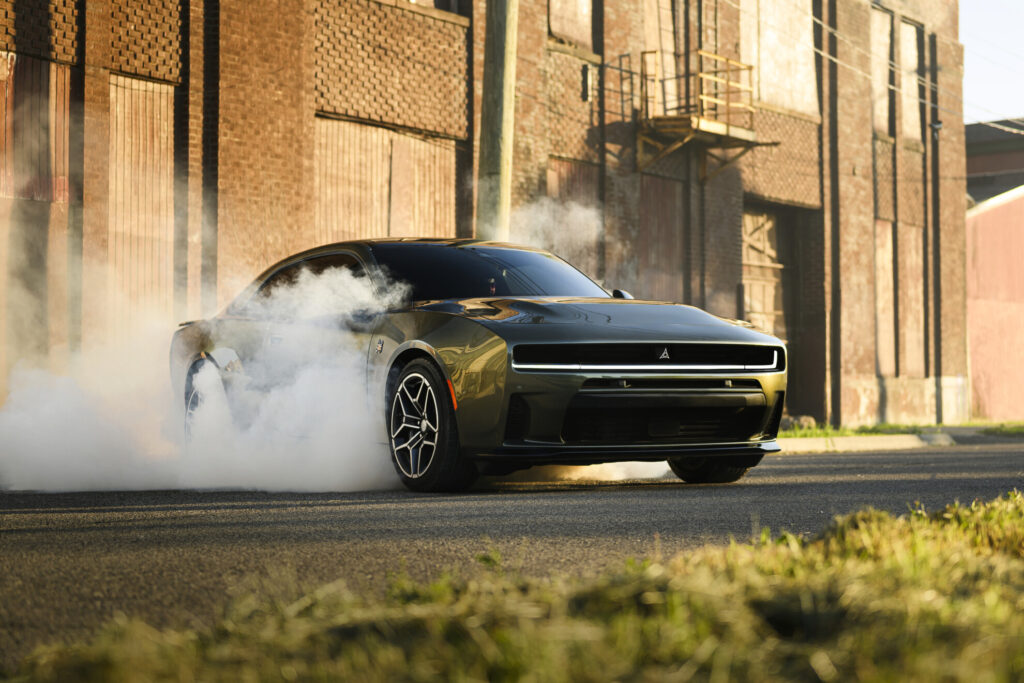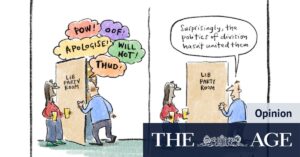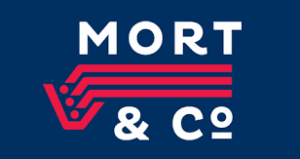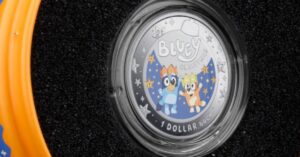
Stellantis, one of the world’s largest automotive manufacturers, emerged from the merger of Fiat-Chrysler Automobiles and the PSA Group in January 2021. This strategic alliance brought together a diverse portfolio of brands, including Abarth, Alfa Romeo, Chrysler, Citroen, Dodge, DS, Fiat, Jeep, Lancia, Maserati, Opel, Peugeot, Ram, and Vauxhall, under a single corporate umbrella.
The formation of Stellantis was initially seen as a promising venture, spearheaded by Carlos Tavares, a former Renault executive who had successfully led PSA and orchestrated the acquisition of Opel and Vauxhall from General Motors. Tavares’ leadership focused on future-oriented strategies, particularly in electric vehicle (EV) development and advanced automotive technologies.
Challenges in North America
Despite a strong start, Stellantis soon faced challenges, particularly in the North American market. Critics, including customers and dealers, voiced concerns over several strategic decisions. Tavares was notably criticized for discontinuing the iconic Hemi V8 engine, a staple in the Dodge Challenger, Charger, and Ram 1500 models. Additionally, Stellantis was accused of neglecting its traditionally robust North American market in favor of other regions.
As Tavares’ contract approached its end in 2024, he opted to resign early. Antonio Filosa, the former chief of North and South American operations, was appointed as his successor. Under Filosa’s leadership, Stellantis has begun to reassess and revise several key decisions.
Tavares’ Concerns and Predictions
In a recent book, Tavares expressed concerns about the future of Stellantis, particularly the potential for internal divisions among its diverse international factions. He highlighted the delicate balance between the company’s Italian, French, and American interests.
“I am worried that the three-way balance between Italy, France, and the US will break,” Tavares stated. “With me gone, I am not sure that the French interests that I always had at heart – whether you believe it or not – will be as well defended.”
Tavares speculated that a Chinese manufacturer might eventually make a bid for Stellantis’ European operations, while American interests could reclaim control over North American brands. This scenario echoes previous discussions, such as a proposal by Frank B. Rhodes Jr., a descendant of Walter P. Chrysler, who advocated for returning US-based brands to local ownership.
Global Partnerships and Market Presence
Stellantis’ global strategy includes a joint venture with Chinese automaker Leapmotor, known as Leapmotor International, which underscores its commitment to expanding in the Asian market. In Australia, Stellantis operates through a limited selection of brands, including Abarth, Fiat, Alfa Romeo, and Jeep. Other brands like Maserati and Ram are distributed by Ateco, while Peugeot is managed by Inchcape, which recently ceased Citroen operations due to poor sales.
Looking Ahead
The potential breakup of Stellantis, as warned by Tavares, could have significant implications for the global automotive industry. The company’s ability to maintain a cohesive strategy across its diverse brand portfolio and international markets will be crucial in navigating future challenges.
Analysts suggest that Stellantis must prioritize balancing its regional interests while fostering innovation and sustainability to remain competitive. The evolving landscape of the automotive industry, marked by rapid technological advancements and shifting consumer preferences, presents both opportunities and challenges for the company.
As Stellantis continues to adapt its strategies under new leadership, the automotive world will be closely watching to see how the company navigates these complex dynamics and whether Tavares’ predictions will come to pass.







